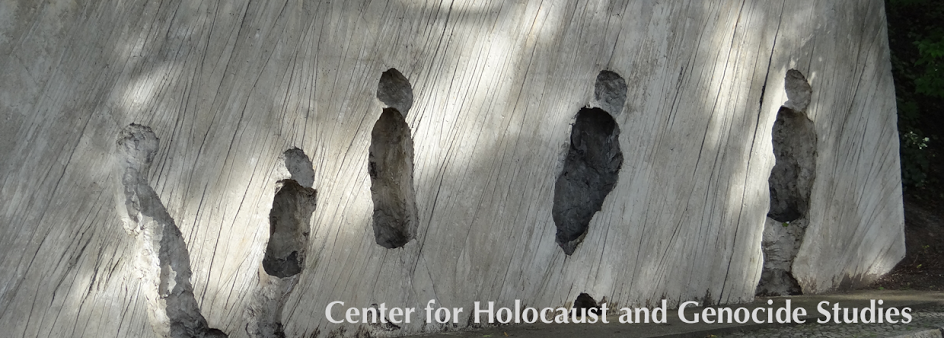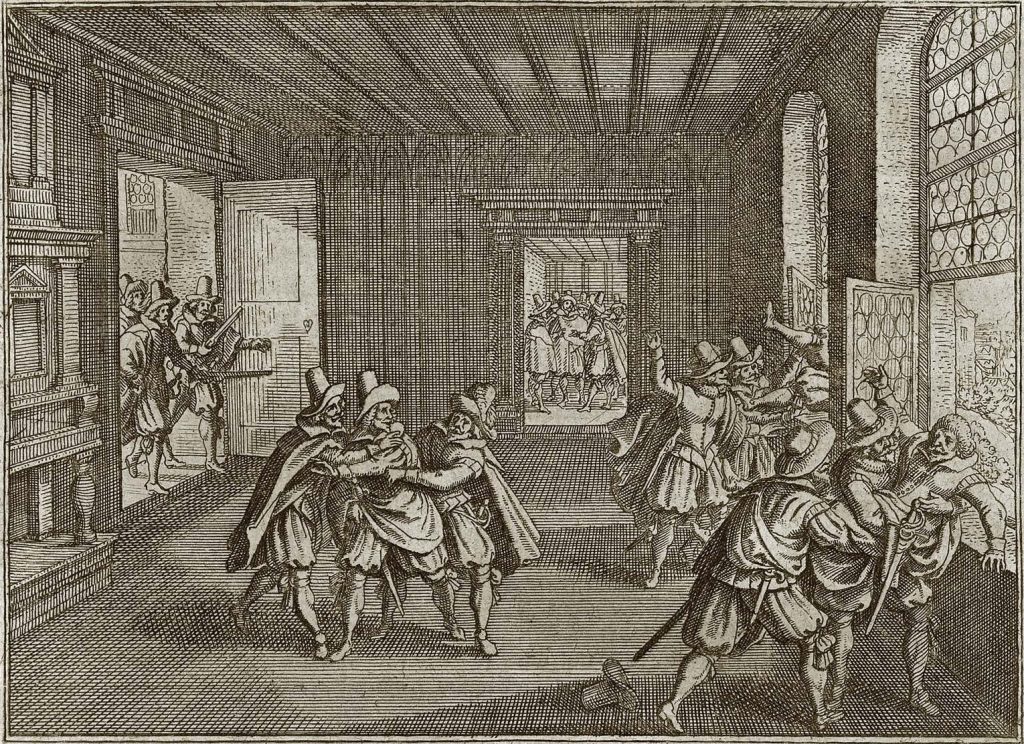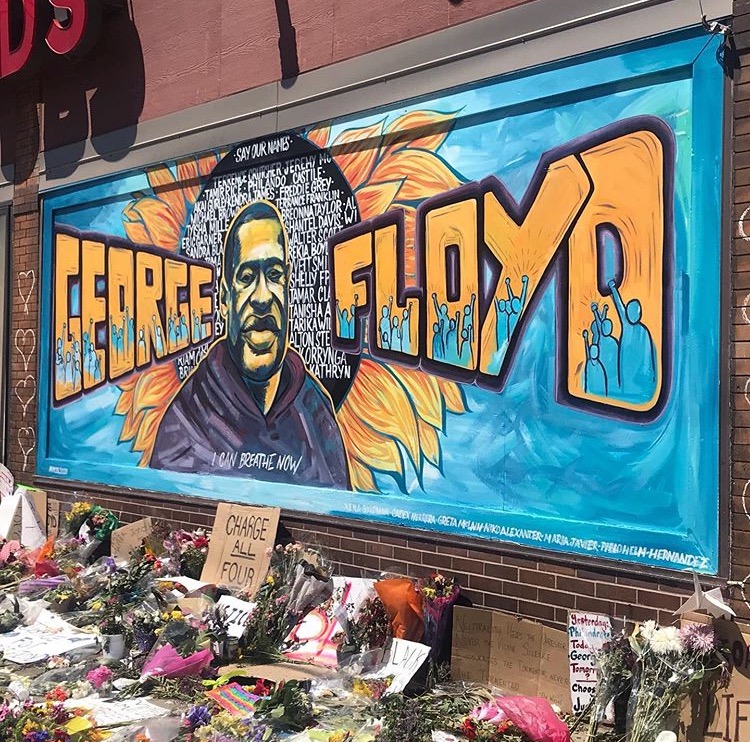Dear Students,
This is my tenth year teaching a Holocaust and genocide course, and I love teaching this class. I know it sounds strange to say I love teaching about genocide, but I do. Though I teach other social studies courses each year, I spend most of my time and energy on this class; I even went back to graduate school to study how and why to teach about genocide. Over the past decade, I’ve read A LOT; traveled to many places like Armenia, Cambodia, and Rwanda; talked to many survivors (and perpetrators); and conducted research with teachers and students. Despite this, I still have many questions regarding teaching about genocide.



